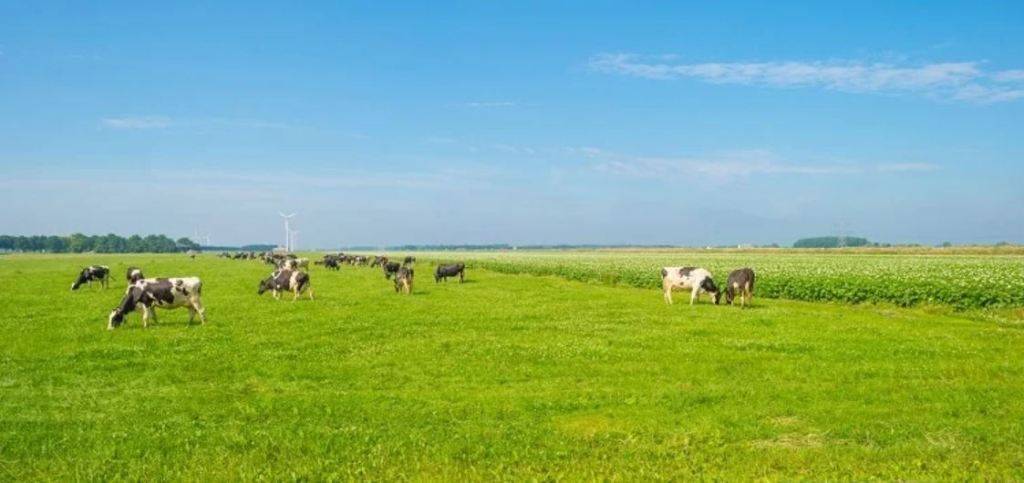
Animal Health and Environment are intricately linked to each other. In the time of growing world human and animal populations and rapid environmental change, the linkages between human, animal, and environmental health are becoming more evident. Because animals and humans have shared risk to health from ever changing environments, it seems logical to expand the perspective of public health beyond a single species to detect and manage emerging public health threats.
The main purpose of animal healthcare services is to enhance the levels of livestock production. In developing countries, the first stage is very often the control of major diseases to enable increase of animal production. While pursuing these objectives, the activities could result in environmental degradation and pollution.
Potential Risks to the Environment:
Use of Veterinary Products:
The use of veterinary products for the treatment of diseases, control of parasites and enhancement of production levels etc. have increased over the period of time. Therefore, it is very essential that all those concerned with the handling and administration of such products be made aware of their potential danger to the environment.
Almost all veterinary products are generally supplied with explicit details on their use, disposal, side-effects and, in the case of pesticides, their toxicity rating and recommendations for neutralization in case of accident. The details included on the packaging may, however, vary from country to country depending on national regulations governing registration.
To ensure an adequate standard of packaging and instructions on use, close cooperation should be established and maintained between animal health services and registration authorities. Products made for the use and administration by untrained personnel, such as livestock owners, should be supplied with instructions in the appropriate language.
Presence of toxic residues in animal products:
Following the administration of veterinary drugs, their residues may be present in edible products of treated animals. Potential health hazards releasing from residues in food can be divided into toxicology, immune- pathology and microbiology. This aspect is a consequence of use in feed of antimicrobial substances at sub- therapeutic levels.
Other chemicals are used in animal husbandry. These include antioxidants or antifungal agents used to preserve the quality of the feed, colorants, disinfectants and pesticides. These are also a cause of public health concern.
Control over the presence of residues of pesticides, drugs and hormones in meat, milk, eggs and other animal products is not yet common in developing countries, but it is advisable to reinforce the control of these products.
To avoid these problems, dissemination of information, seminars and training activities on the presence of residues in animal products should be carried out. There is also a need for comprehensive planning of animal health interventions to take fully into account the possible ecological consequences.
Keep Environment Clean for Better Livestock Health!
















